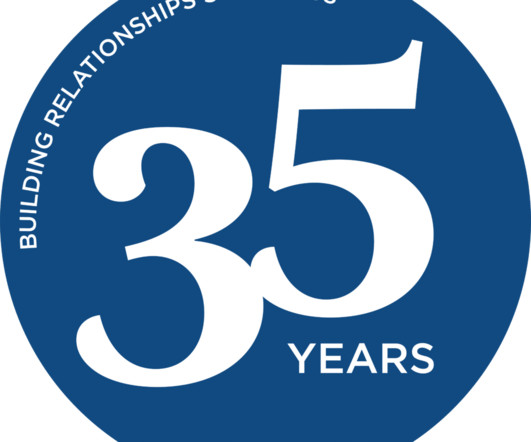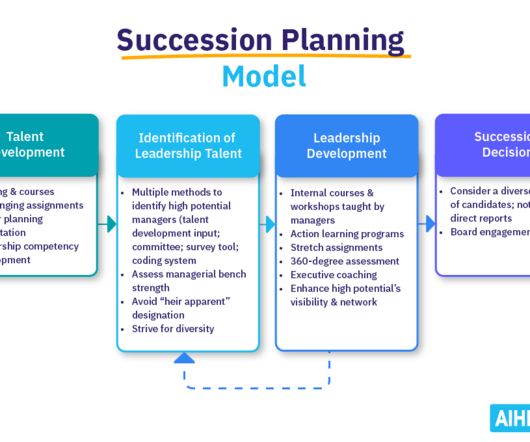Talent Shortages Hit the Levels of 2007: In-house Talent Development Comes to Rescue
Rallyware for Human Resources
AUGUST 23, 2018
In this article, we’ll explain how companies survived then and how you can solve employability issues with in-house talent development now. How talent-centric management and training stood against the Great Recession . L&D practices for talent development and better performance. Manpower Group. Manpower Group.















Let's personalize your content